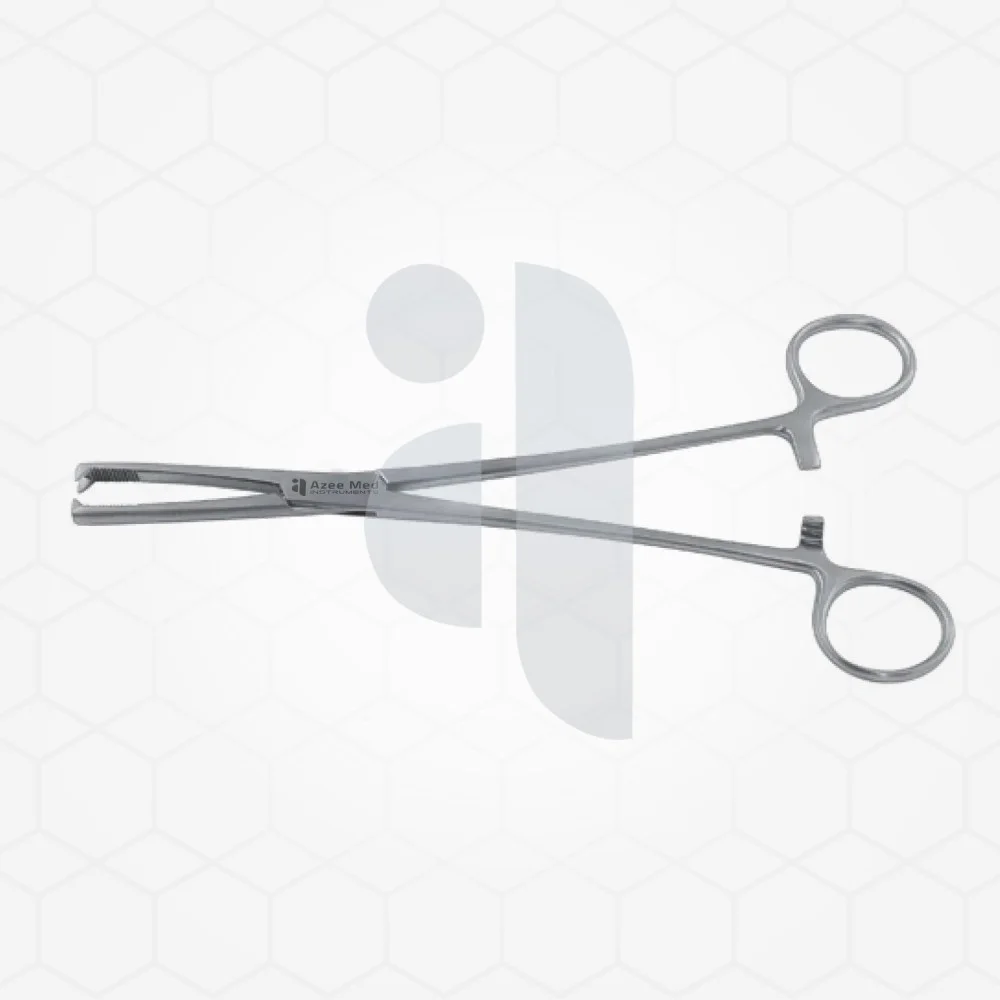Allis Forceps vs Tenaculum: A Comprehensive Comparison
Wiki Article

In the intricate world of surgery, precision and the proper selection of instruments are paramount. Every tool has a specific purpose, designed to ensure procedures are performed safely and effectively. For medical professionals, understanding the nuanced differences between seemingly similar instruments is crucial for optimal patient outcomes. This comprehensive guide will explore the key distinctions in the Allis forceps vs tenaculum debate, helping you determine the right tool for the right job.
Understanding the Fundamentals: What Are Allis Forceps?
Allis forceps are a type of surgical clamp designed for firmly grasping and holding tissues. Their most distinguishing feature is the set of interlocking, sharp teeth at the tips. This design allows for a secure grip on dense and fibrous tissues, such as fascia, tendons, and even the breast or bowel wall. The primary function is to hold tissue that is being removed or to provide traction during a procedure, keeping the surgical field clear and stable.
The unique construction of Allis forceps provides significant holding power. However, this secure grip comes at a cost—the sharp teeth can be traumatic to delicate tissues. For this reason, their use is generally restricted to tissues that will be excised or where minor surface trauma is acceptable. The ratchet lock mechanism on the handle allows the surgeon to set the grip pressure and maintain it without continuous manual effort, freeing their hands for other tasks. Azeemed Instruments crafts these tools from high-grade stainless steel to ensure durability and reliable performance in demanding surgical environments. The discussion of Allis forceps vs tenaculum often starts with acknowledging the Allis's powerful but potentially damaging grip.
Exploring the Tenaculum: A Tool for Stabilization
A tenaculum, on the other hand, is a slender, sharp-pointed hook attached to a handle. Unlike forceps, which grasp tissue between two jaws, a tenaculum pierces and holds tissue with its sharp point. The most common type is the single-tooth tenaculum, which looks like a small, sharp hook. Its primary use is to seize and stabilize organs or tissues, particularly the cervix during gynecological procedures like IUD insertion, endometrial biopsy, or hysterectomy.
The pointed tip allows for a firm, focused hold with minimal slippage, which is essential when manipulating mobile structures. While it does pierce the tissue, the puncture is typically small and localized, often considered less traumatic overall than the crushing action of a multi-toothed clamp on certain tissues. The choice between Allis forceps vs tenaculum frequently hinges on whether the surgeon needs to grasp a wider surface area or stabilize a specific point. Some procedures may even require specialized instruments like a splinter forcep, which is designed for removing foreign objects with precision, showcasing the diversity of surgical tools available for specific needs.
Head-to-Head: The Key Differences
When comparing Allis forceps vs tenaculum, several key differences emerge that dictate their application in surgery. Understanding these distinctions is fundamental to proper instrument selection.
Mechanism of Action
The most significant difference lies in how each instrument interacts with tissue. Allis forceps use a grasping and clamping mechanism. Their multiple teeth interdigitate to surround and hold a section of tissue, distributing pressure across a wider surface area. A tenaculum uses a piercing mechanism. Its sharp hook penetrates the tissue at a single point to provide a stable anchor.
Tissue Trauma
Because of their designs, the potential for tissue trauma differs. Allis forceps can cause crushing injuries and multiple small punctures over the area they grip. This makes them unsuitable for delicate organs or structures that will remain in the body. A tenaculum creates a single, deeper puncture. While this sounds invasive, it is often preferred for stabilizing organs like the cervix because the localized trauma is manageable and the hold is very secure.
Primary Applications
Their applications rarely overlap. Allis forceps are workhorses in general surgery for holding tough, fibrous tissues that are often part of a resection. You will find them used on fascia, aponeuroses, and for grasping tumors. Tenaculums are specialists, primarily used in gynecology and some urology procedures to stabilize the cervix, uterus, or other specific anatomical points for access and manipulation.
Conclusion: Choosing the Right Instrument for the Procedure
The debate over Allis forceps vs tenaculum is less about which instrument is superior and more about which is appropriate for the specific surgical task. Allis forceps are designed for a powerful, broad grasp on tissues destined for removal, while the tenaculum offers precise, single-point stabilization, particularly in gynecological settings.
For surgical professionals, having access to a full suite of high-quality instruments is non-negotiable. Azeemed Instruments is dedicated to providing meticulously crafted surgical tools, including a range of forceps and tenaculums, that meet the exacting standards of modern medicine. By understanding the distinct functions of each instrument, surgeons can enhance procedural efficiency, minimize tissue trauma, and continue to deliver the highest level of patient care.
Report this wiki page